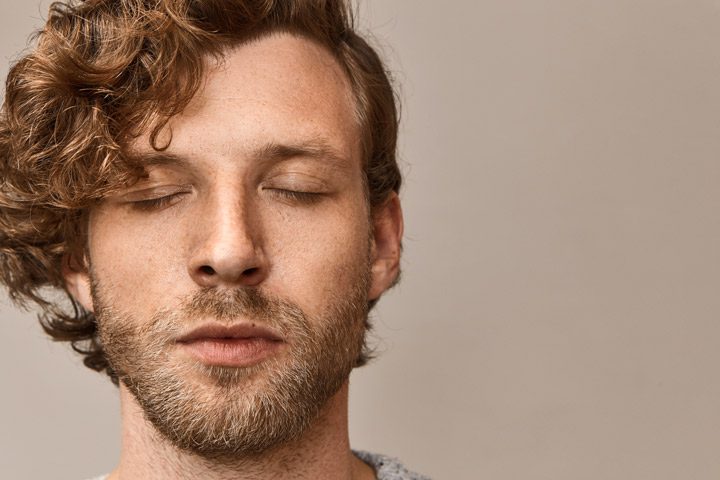
When you feel you’re about to be overcome by your thoughts or emotions, knowing how to “urge surf” can help bring you back to center. This mindfulness technique, often used in addiction recovery, is also an essential coping skill for better mental and emotional health.
What Is Urge Surfing?
The foundation of urge surfing is based on four principles of dialectical behavior therapy (DBT). The American Psychological Association (ASA) defines DBT as a combination of behavior therapy, cognitive behavioral therapy, and mindfulness; a method with an “underlying emphasis on helping individuals learn both to regulate and to tolerate their emotions.” ASA further notes that DBT is a means by which people “accept the reality of their lives and their own behaviors on the one hand and […] learn to change their lives, including dysfunctional behaviors, on the other.”
DBT is a method that people can use when they feel conflict, painful emotions, or stress by relying on four basic points:
- Use mindfulness to remain in the present moment.
- Create better distress tolerance to increase resiliency to trials and tribulations instead of avoiding them.
- Improve emotional regulation to manage and change difficult emotions.
- Develop better interpersonal effectiveness enabled by assertive and respectful communication.
More About the Development of Urge Surfing
For more than 30 years, noted clinical psychologist G. Alan Marlatt used DBT in his study of addictive behavior and the rationale for relapse patterns. He wanted to help people understand that certain physical sensations and emotions might prompt an urge to react. But with the practice of mindfulness, they could learn to acknowledge—without judgment or action—an urge, and know how to move past it.
Marlatt believed it was important for condition management that individuals not feel shame, guilt, or engage in self-admonishment just because they felt an urge or encountered a trigger. Staying mindful in the moment is key to the success of urge surfing. He once said, “The focus is on identifying and accepting the urge, not acting on the urge or attempting to fight it.”
So for example, in mindfulness-based cognitive therapy for depression, a person learns to not get swept away by what might happen in the future or get bogged down by the past. They apply a series of techniques to various thoughts throughout the day and always return to present. Before therapy, they might have slipped into worry or anxiety about the future, or dismay or hopelessness about the past, believing what happened then will certainly happen again.
Urge surfing is another present-moment technique that makes it easier to not let thoughts or emotions take you somewhere you don’t need to be.
Tips for Practicing the Technique
One of the best points of urge surfing is this: you might not be able to control what’s happening around you, but you can always control your reaction to it. In the thick of the moment, it might not seem like it’s ever possible to manage mental or emotional disorders with one quick technique. However, the more you understand about how urge surfing might work for you, the more tools you’ll have to make life easier overall.
Let’s take a closer look at how to practice urge surfing. You might notice a similarity between preparing for meditation and using this technique.
- When you start to notice the rise of uncomfortable emotional or physical sensations, take a moment to simply acknowledge them without judgement.
- Find a quiet spot to sit or lie down and focus on your breath. Counting while you inhale and exhale is a good way to help sharpen your focus.
- With this new sense of calm, once again fully direct your focus to the physical or emotional reaction, and direct your intention to letting the urge pass by using a visual, such as waves rolling up onto the shore or birds flying from the trees.
- Recognize that you are safe in the present moment, and release a long exhale to close your session.
- Rate your urge on a scale from 1–10 and make a note of it so you can talk about it with a therapist or just have a guide as to what might have prompted it and why.
If you’d like to be guided in the process, many online resources offer short urge surfing sessions. Using urge surfing as a management tool might take a few tries before you notice any real effects, but that’s okay. Developing your intention to have more insight into and control over your reactions is still a viable goal.
Holistic, Whole-Person Care at Cottonwood Tucson
The multidisciplinary medical team at Cottonwood Tucson believes there are many holistic methods to help each individual have active participation in achieving the wellness they deserve. From EMDR and brainspotting techniques to somatic experiencing and experiential therapy, you’ll find progressive treatment modalities that allow you to make the most of your healing and condition management.
If you’re ready for a more comprehensive, holistic approach to mental and emotional health, contact us today.






